It is a project for climate protection: by 2020, the European Union (EU) wants to supply 20 percent of gross final energy consumption from alternative energy sources such as wind and solar power. The EU member states have set themselves individual targets for this. However, according to the latest Eurostat data, which relates to 2017, only very few countries have achieved their climate target so far.
Sweden, the most ambitious country in terms of expanding renewable energies, already exceeded its target of 49% in 2017 and is currently at the top of the EU rankings with a share of 54.5%. In Finland, renewable energy accounts for 41% of gross final energy consumption – meaning the country has also already exceeded its targets.
Other countries such as France and the Netherlands are lagging far behind, despite having set low targets, as the chart shows. Germany is below the EU average with a 15.5 percent share of renewable energy. By contrast, things are looking better in Austria: The Alpine republic already obtained 32.6% of its energy from renewable sources in 2017 and is well on track to achieve its targets by 2020.
A country’s gross final energy consumption includes all energy products such as electricity, district heating, gas and fuels purchased by private households, trade, commerce and services, industry and transportation.
You can find more infographics at Statista

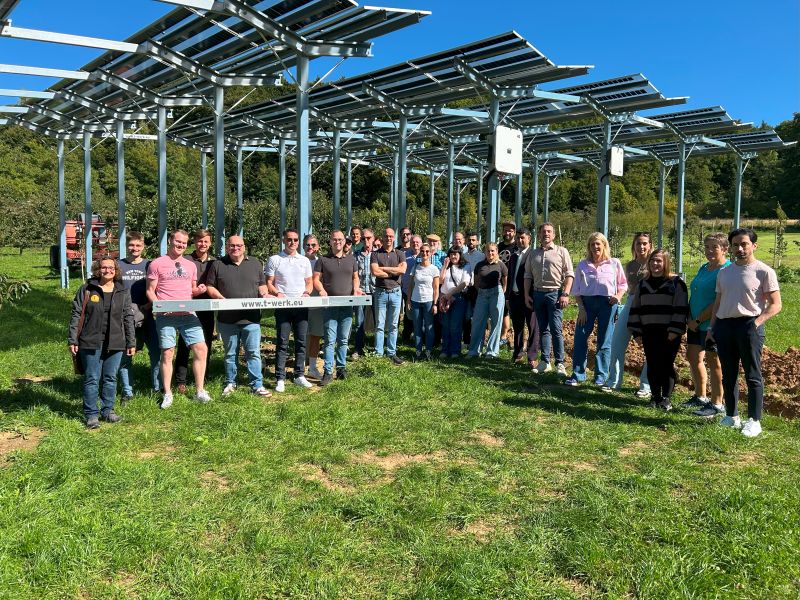
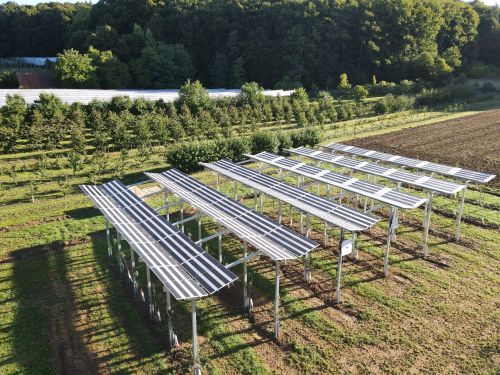


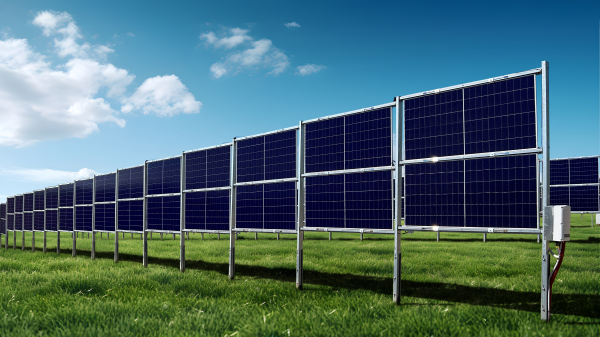





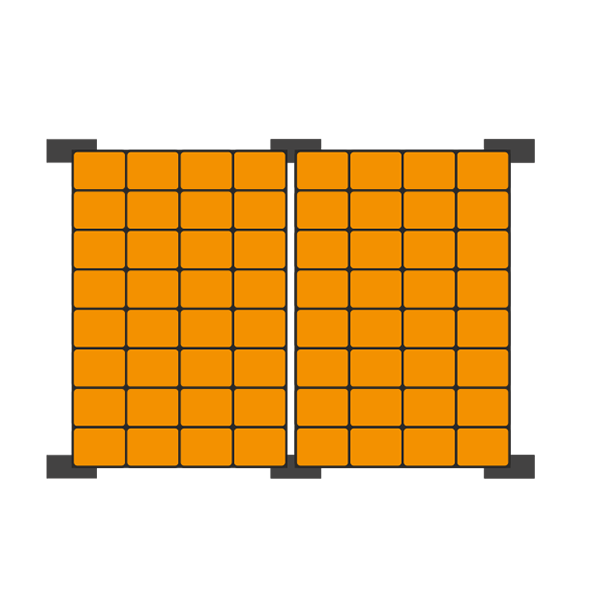




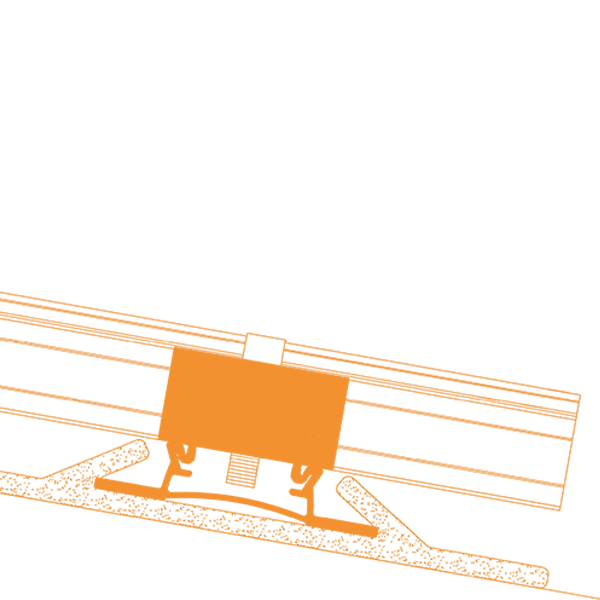


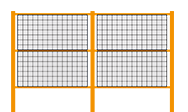




0 Comments